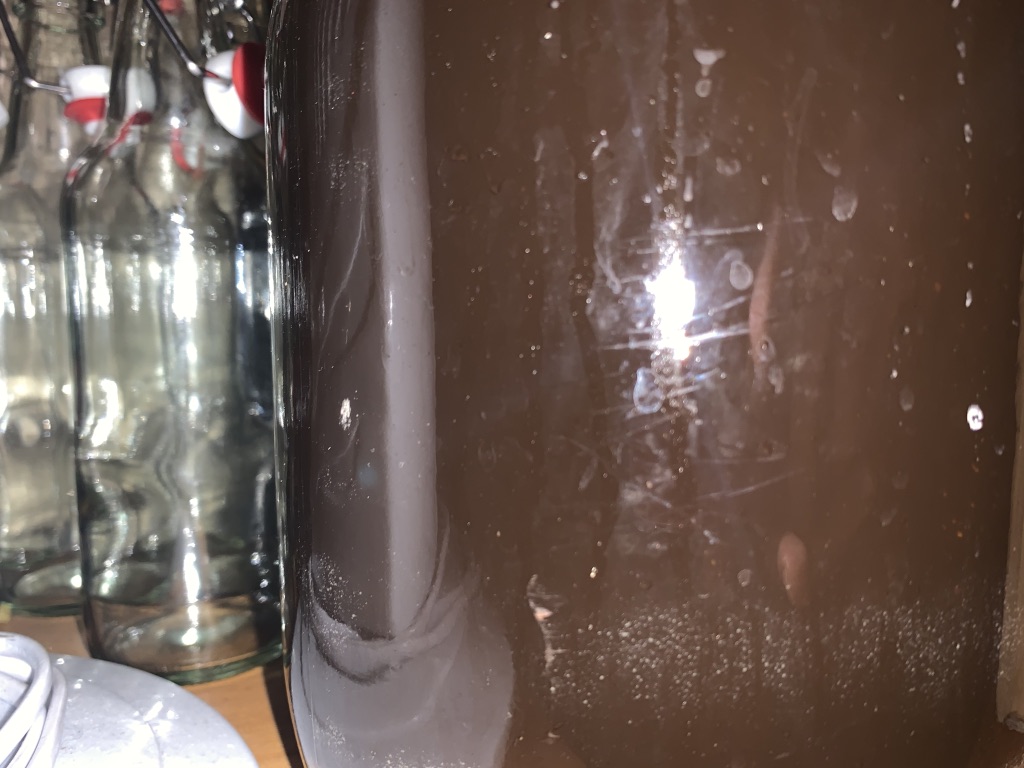Beese
Member
- Joined
- Jan 24, 2021
- Messages
- 15
- Reaction score
- 9
Hi everyone,
Wondered if I could get some feedback on whether my beer is ready to be bottled yet.
I brewed a 1 gallon batch of Black IPA from a recipe from BeerCraftr. This is my first time having dry-hopped a beer, and I used pellets, rather than whole hops.
It's been dry-hopping for 5 days, as per the recipe, and I was intending to bottle today, but I'm not sure whether I should wait longer.
Obviously, the beer is dark, so it's not super easy to see, but from shining a light through it, the beer appears to be totally opaque and there's what I believe are bits of the hop pellets floating about.
Should I wait longer before I bottle, in the hope that it will clear somewhat? Or could I perhaps filter the beer through (sanitised) muslin when I syphon it into the 'bottling bucket' to mix it with the brewing sugar solution, before I put it into bottles? Or is this liable to remove too much yeast and prevent a secondary fermentation in the bottle?
Thanks for any help or suggestions!
Ed


Wondered if I could get some feedback on whether my beer is ready to be bottled yet.
I brewed a 1 gallon batch of Black IPA from a recipe from BeerCraftr. This is my first time having dry-hopped a beer, and I used pellets, rather than whole hops.
It's been dry-hopping for 5 days, as per the recipe, and I was intending to bottle today, but I'm not sure whether I should wait longer.
Obviously, the beer is dark, so it's not super easy to see, but from shining a light through it, the beer appears to be totally opaque and there's what I believe are bits of the hop pellets floating about.
Should I wait longer before I bottle, in the hope that it will clear somewhat? Or could I perhaps filter the beer through (sanitised) muslin when I syphon it into the 'bottling bucket' to mix it with the brewing sugar solution, before I put it into bottles? Or is this liable to remove too much yeast and prevent a secondary fermentation in the bottle?
Thanks for any help or suggestions!
Ed


Last edited:


